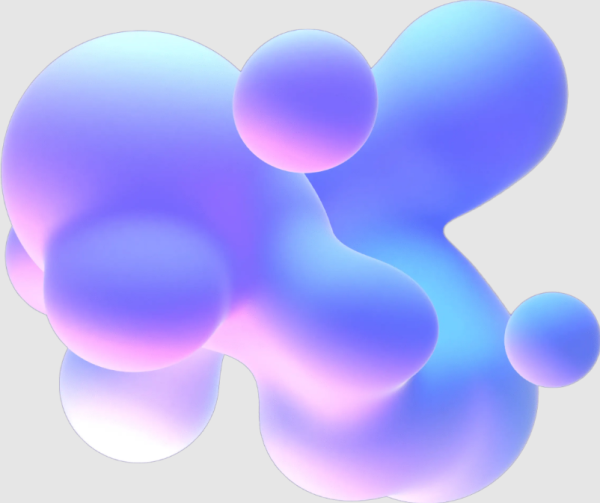It is Now More Affordable to Store Solana NFTs On Chain
Thanks to new state compression technology, the cost of Solana NFT transfers has gone down.
The Solana Foundation partnered with a few ecosystem partners to drive down the cost of storing NFTs on the blockchain.
It currently costs 1,200 SOL (roughly $24,000) to store 1 million Solana NFTs. However, state compression, a technology that leverages Merkle trees, will now reduce the associated transaction costs to approximately 4 SOL (roughly $103).
State compression began after developers based at Solana Labs and Metaplex sought to facilitate gasless experiences for Solana blockchain users, according to Jon Wong, a technical lead on Solana Foundation’s ecosystem engineering team.

This type of technology could benefit various types of companies like airdrop facilitators and even Web3 gaming developers that currently find it costly to create digital goods on the blockchain.
Solana Foundation’s Wong has described the technology as a “compression-friendly data structure” that will enable developers to store small bits of data on-chain and directly update on the Solana ledger thereby dramatically cutting down the cost of data storage without sacrificing the security and decentralization of the Solana base layer.
The NFTs stored on-chain are assigned a unique identifier.
When a user buys an NFT on Solana, they pay for every byte that is stored on-chain. Compression cuts on costs by taking a large set of data and summarizing this into a ‘fingerprint’ through a data structure known as Merkle tree.
This arrangement allows a condensed version of the data to be stored on-chain rather than storing a bunch of data on the blockchain. The remaining data is accessible off-chain via the Solana remote procedure call (RPC) providers.
In case the individual values stored off-chain change, the corresponding values stored on-chain also change. The value stored on-chain acts almost as a receipt proving that you bought the item. It is proof that you own the product and you can still trade it in a marketplace.
Solana says nothing will change from the consumer’s perspective. The NFT will show up in the buyer’s wallet and they are able to send it, transfer it or even operate in smart contracts. They can also list them in the NFT marketplaces.
This compression technology has been on the Solana mainnet for some months now. However, there were no RPC providers capable of facilitating these queries, until now.
https://virtualrealitytimes.com/2023/04/08/it-is-now-more-affordable-to-store-solana-nfts-on-chain/https://virtualrealitytimes.com/wp-content/uploads/2023/04/Solana-art-600x503.pnghttps://virtualrealitytimes.com/wp-content/uploads/2023/04/Solana-art-150x90.pngBusinessNFTThanks to new state compression technology, the cost of Solana NFT transfers has gone down. The Solana Foundation partnered with a few ecosystem partners to drive down the cost of storing NFTs on the blockchain. It currently costs 1,200 SOL (roughly $24,000) to store 1 million Solana NFTs. However, state compression,...Rob GrantRob Grant[email protected]AuthorVirtual Reality Times - Metaverse & VR
